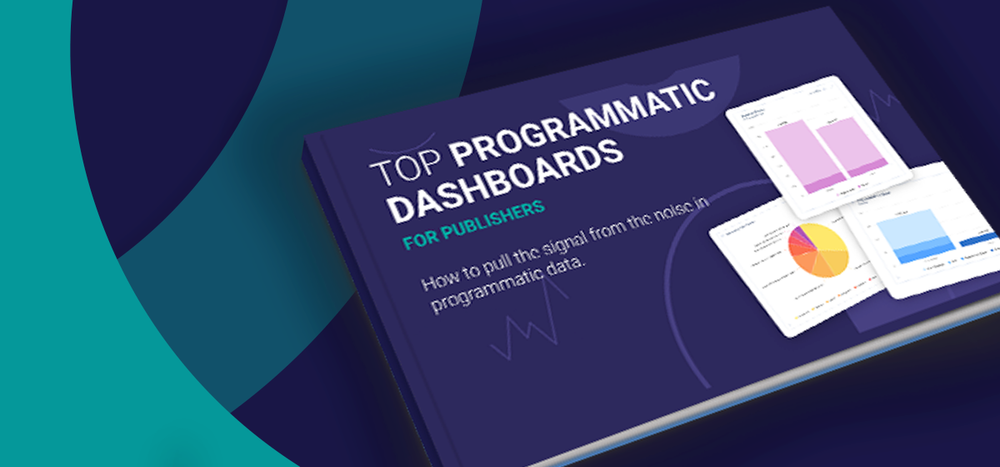You're going to make mistakes. After all, to err is human. Happily, mistakes can also be some of the most effective learning tools, and you don't even have to make your own to learn from them! Take some time to review the following common mistakes to avoid making them yourself, and to strengthen your media-buying operations.
1. If You Fail to Plan, Plan to Fail
One of the biggest missteps you can make is not having a plan. Namely, no plan for short- and long-term budget and media spend.
Media buyers are often held to a high standard of intelligent budget usage. You need to get the most from every single dollar in order to keep your clients happy. This is why it's especially important to develop and adhere to a strict budget plan. Here are a few of the most important elements to consider during your planning phase:
- Audience research: To get the most from your budget every time, you need to know exactly who your target audience is. You'll also want to establish how your target audience shifts across different mediums and platforms.
- Spend planning across buy type: Determine the spend percentage of your campaigns that will be devoted to each type of buy. For example, how much will you spend on display versus search? Before you actually buy anything, go through all your intended buy types and assign each a spend percentage so that you can account for your entire budget from the beginning.
- Guaranteed versus non-guaranteed: What percentage of your media spend will you apply to guaranteed inventory versus non-guaranteed (real-time bidding [RTB])? For guaranteed inventory, your initial planning should include sending requests for proposals (RFPs) to potential suppliers you'd like to have contribute to your campaigns. For previously purchased inventory, you should consider buying premium, guaranteed inventory at your own established rates via programmatic buys (automated guaranteed).
2. Spreading Yourself Too Thin
The industry is ripe with opportunities for success, but it is important not to put too many irons in the fire. It's unsustainable to cover every market segment. The most solid media-buying operations start with a concrete foundation and gradually build up from there.
If it feels like you're missing out on exciting new revenue opportunities, remind yourself that your operations will suffer if you spread yourself too thin. You'll significantly improve your success rate if you apply your energy and resources evenly across a few segments, at least in the beginning. Always keep the number of your campaigns and projects manageable. Be the tortoise, not the hare-pace yourself.
3. Introducing Too Many Platforms and Technologies
Technology is a great resource, but it's a mistake to adopt too many technologies or platforms at a time. Make it a goal to get used to just one or two vital platforms. By doing so, you allow yourself space to learn the intimacies of their traffic, leading to significantly more traction with their corresponding optimization processes. After you've understood one or two, you can move on to other platforms that will boost your media buying.
You're also bound to see overlaps if you have too many platforms and technologies in play, which means you're probably spending more on technology than what you actually need. It's best to carefully research and plan your technology spread. Buy or subscribe only to solutions that mesh well and offer essentially non-overlapping features and benefits.
4. Buying Media Everywhere
Achieving and maintaining effective targeting is one of the top responsibilities for media buyers. Trying to overextend your global reach without effective marketing data is a common mistake. To avoid this, start off by choosing one or two "easy" countries to target. An "easy" country is defined as one that has ample readily available research, resources, and historical trends.
Start by exploring one or two of these countries completely. Get intimate with their audiences, and familiarize yourself with their traffic and behavior. This finite focus will help you get a solid understanding of what influences fluctuations in your profit. Limiting your targets will make it easier to become an expert in one area before you expand. To help narrow down your targets, opt for countries with a large amount of traffic and small payouts. Doing this will help you collect statistics faster and prevent large financial expenditures in the process. Additionally, this approach makes it easier to understand traffic behavior, which helps prevent avoidable risks.
5. Lack of Diverse Ad Formats
Too many eggs in one ad-format basket can lead to problems. It may be tempting to use only one ad format if you've had previous success with it. However, just because a spot works well in one country or segment does not mean it will work just as well in another. By putting too much of your budget into one format, you risk your operations taking a serious hit if it fails.
If you launch one spot but it fails, there's likely still money to be made from that segment. Spreading your ad spend over several formats allows you to investigate and identify top performers. Experiment with two or three segments to identify what's successful in that market or country.
Test repeatedly, and then do it again for good measure. With sufficient testing of different ad formats in the same segment, you'll gain meaningful statistics to analyze, allowing you to accurately assess potential and apply ad spend accordingly. Repeat this process for every new territory.
6. Impatient Optimization
Optimization is one of the most important aspects of any operations. Optimizing too much, too quickly is a big mistake. There are a number of components to any campaign and it's often hard to tell exactly what's working well and what isn't. Spasmodic optimization efforts could lead to weakening the strongest part of your campaign.
Patience is a virtue - especially when you first launch campaigns, as they don't tend to churn a profit right away. If you're not seeing an immediate profit, you should avoid the urge to start making a lot of changes before you have enough to optimize around. The beginning phase of each campaign is vitally important for data and statistics gathering, not revenue production. Wait until you've gotten a statistically significant amount of traffic and relevant activity in order to accurately evaluate that behavior. Armed with meaningful insights, you'll have a much more accurate assessment of what and when to optimize. Practicing patience at the beginning of campaigns will also help account for delayed conversions, low-performance hours/days, etc.
Plan to Succeed
You're sure to be successful if you conduct ample research, maintain comprehensive planning, execute efficient and strategic budgeting, stay current with industry news and technology trends, and always make sure your clients' goals are your goals.
Feel free to contact us if you’d like to help others learn from mistakes you’ve made or heard about.






